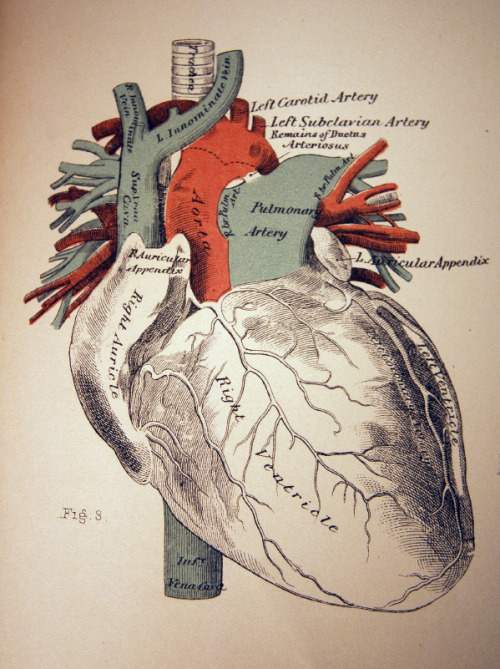Tuesday 28 August 2012
Thursday 16 August 2012
The Colour Wheel of Emotion
 The pitfalls of depression have now been labelled with its own colour; the
shade of grey to be exact. This to us screams connotations of extreme
gloominess and misery, and it seems people who suffer from anxiety or
depression agree, as when asked to pick a colour out of several, their first
inclination was to choose grey. Colours are often used metaphorically in
literature to convey emotion, such as the classic ‘I was feeling a bit blue’. However,
there is now scientific interest linked to our colour preferences. Recent
research
suggests that colours can provide an insight into how we see ourselves,
while allowing us to express our emotions more effectively than we would with
verbal communication.
The pitfalls of depression have now been labelled with its own colour; the
shade of grey to be exact. This to us screams connotations of extreme
gloominess and misery, and it seems people who suffer from anxiety or
depression agree, as when asked to pick a colour out of several, their first
inclination was to choose grey. Colours are often used metaphorically in
literature to convey emotion, such as the classic ‘I was feeling a bit blue’. However,
there is now scientific interest linked to our colour preferences. Recent
research
suggests that colours can provide an insight into how we see ourselves,
while allowing us to express our emotions more effectively than we would with
verbal communication.
Professor of Medicine and Gastroenterology Peter Whorwell of the
University Hospital in South Manchester says that ‘colours are frequently used
to describe emotions such as being green with envy and in the blues’. Whorwell
and a team of researchers created a colour wheel of eight colours: red, orange,
yellow, green, blue, purple, pink and brown and then broke them down into four
shades of each. They then added black, white and four shades of grey.
Next they recruited 105
healthy adults, 110 anxious adults and 108 depressed adult. The wheel was
produced to indicate people’s preferred pigment in accordance to their relative
state of mind. The participants were then asked
to pick their favourite colour, the colour they were most “drawn to,” and the
colour that described their day-to-day mood based over the last several months.
Whether depressed, anxious or healthy,
people’s favourite colour was blue and they were most drawn to yellow. However
when it came to mood, the groups diverged. The group of people, who were neither
anxious nor depressed, clinically speaking, picked yellow to represent their
mood; while the anxious/depressed among them preferred grey. According to the
researchers, the colour grey implies "a dark state of mind, and a
colourless monotonous disinterest in life." However yellow is associated
with "happiness, cheerfulness and a positive emotional state."
Whorwell
and others are hoping that the colour wheel can be used in the medical field to assess health
status/mood and to diagnose depression. The technique may be beneficial in
circumstances where the participants cannot effectively communicate verbally,
such as withdrawn children, people with communication
problems or those of whom English is not their first language.
Subscribe to:
Posts (Atom)
